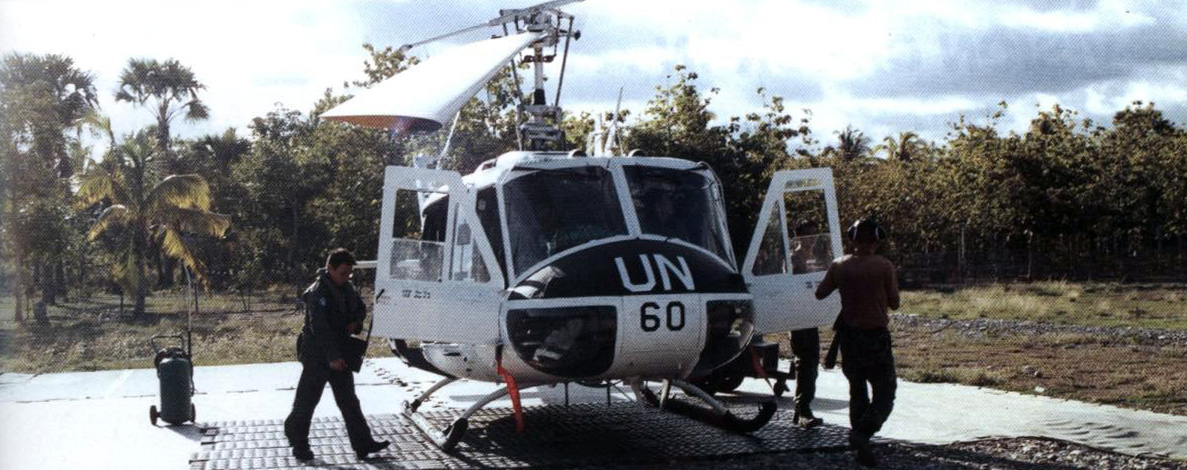On 26 December 2004, a massive underwater earthquake measuring 9.0 on the Richter scale struck the western coast of Sumatra, Indonesia, and triggered several tsunamis that wreaked destruction in several countries around the Indian Ocean.
In response to the widespread devastation, the SAF activated a rescue and relief operation to Medan, Banda Aceh, and Meulaboh in Indonesia, as well as to Phuket in Thailand. The RSAF also flew in supplies and support missions to Sri Lanka, Maldives, and Mauritius. Despite the holiday season, the SAF teams were the first to arrive at the scene.
This large-scale Humanitarian Assistance and Disaster Relief operation involved the deployment of 1,500 personnel, eight Chinook and four Super Puma helicopters, six C-130 transport aircraft, and two Fokker 50 utility aircraft. Paya Lebar Air Base was used as a transit point to support the relief operation.
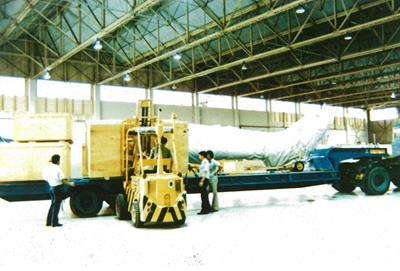 The Super Puma helicopters arrived in 1985 at Sembawang Air Base in wooden crates.
The Super Puma helicopters arrived in 1985 at Sembawang Air Base in wooden crates.
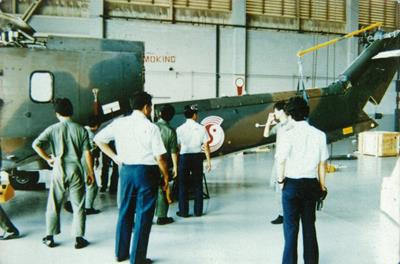 The Super Pumas were assembled by the technicians at Sembawang Air Base.
The Super Pumas were assembled by the technicians at Sembawang Air Base.
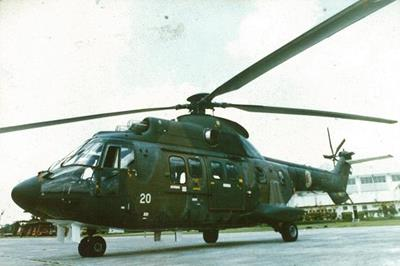 The new helicopters were assigned to 125 Squadron, which was inaugurated on 4 October 1985.
The new helicopters were assigned to 125 Squadron, which was inaugurated on 4 October 1985.
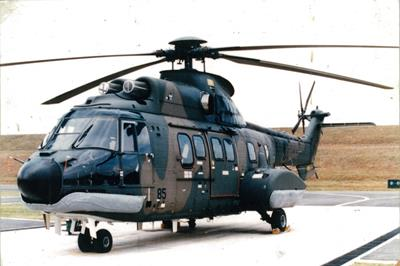 The Super Pumas are also operated by 126 Squadron.
The Super Pumas are also operated by 126 Squadron.














































































































